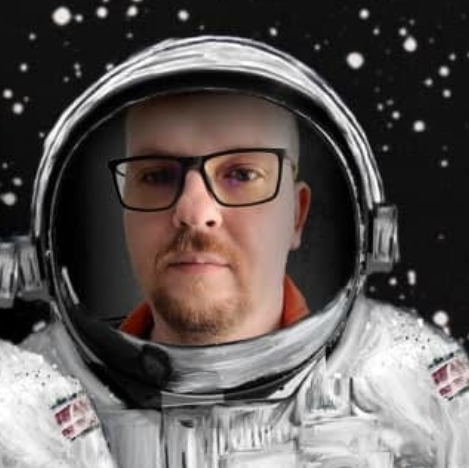Astrophysicists have come one step closer to solving one of the most important mysteries of the Universe – why halos of dark matter remain absolutely “dark”, not forming stars. A study published by Ethan Nadler, a scientist at the University of San Diego, has established a critical mass limit for such objects: halos lighter than 10 million solar masses can exist without ever creating a single star. This turned out to be ten times lower than previous estimates.

Dark matter is the invisible framework of the Universe
Each galaxy, including the Milky Way, “swims” in a giant ocean of dark matter – a mysterious substance that is invisible, but visible due to gravitational interaction. These invisible “halos” provide the basis for the birth of stars: gas attracted by their force is compressed, heated, and ignites thermonuclear reactions. But do all halos follow this process?
Until now, star formation was thought to cease in halos with masses between 100 million and 1 billion solar masses. However, Nadler’s new simulations, built on the analysis of molecular hydrogen cooling, change these ideas. It turns out that even in a halo with a mass of only 10 million solar masses, gas can shrink enough to form stars. But smaller clusters never do.
“If there are halos that never created stars, they may be invisible ‘shadows’ that make up a significant fraction of the mass of the Universe,” Nadler explains. This opens a new avenue for studying dark matter: if such objects are discovered, we can understand its nature and its role in galaxy formation.
Previously, scientists believed that the key to star formation was the cooling of atomic hydrogen. However, new models show: in small halos, molecular hydrogen (H₂) cools the gas more efficiently, allowing stars to be born even in smaller structures. But below 10 million solar masses, even this is not enough – the halos remain dark forever.
Hunting for “shadows”
Answers may come as early as the next few years. The James Webb Space Telescope (JWST), which explores the far corners of space in the infrared, along with the Vera Rubin Observatory, which will begin operations in 2025, will be able to detect indirect signs of dark halos. For example – lensing or the dynamics of dwarf galaxies.
“It’s like finding an island that you can’t see in a telescope but that affects the tides in the ocean,” Nadler compares. If dark halos exist, they will change our ideas about how the Universe evolved, and perhaps help solve a major mystery of modern physics – what dark matter is.
Nadler’s study not only narrows the search for dark halos, but also raises new questions. Are these objects “failed galaxies”, or did they never have a chance to shine at all? Answering them could rewrite cosmology – and make dark matter a little more understandable.
We previously reported on how dark matter made planets spin faster.
According to scitechdaily.com


